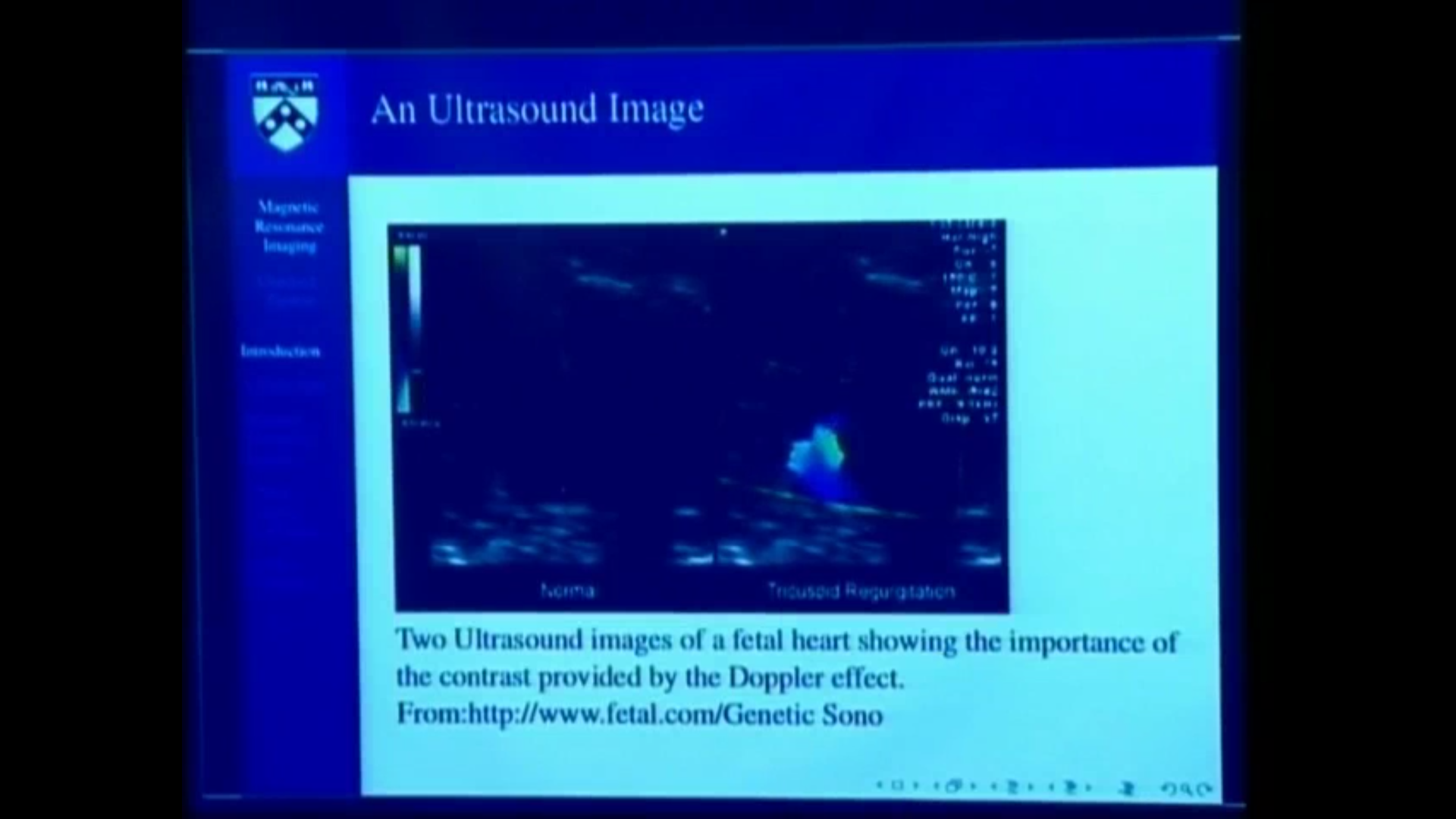An Introduction to Magnetic Resonance Imaging I
Presenter
August 23, 2010
Keywords:
- inverse problems
- scattering theory
- medical applications
- image analysis
- MRI and tomography
MSC:
- 35R30
- 35R25
- 35Rxx
- 35-xx
- 94A08
- 94A12
- 94Axx
- 94-xx
Abstract
This mini-course covers the basic concepts of spin-physics needed to understand the signal equation, and sources of contrast in magnetic resonance imaging, as well as the concepts needed to understand sampling, image reconstruction, the process of selective excitation, and some of the more sophisticated applications of MR-imaging. A brief overview of these topics can be found in Introduction to Magnetic Resonance Imaging for Mathematicians, by C.L. Epstein in Ann. Inst. Fourier, 54(2004) 1697-1716. More detailed references are Principles of Nuclear Magnetic Resonance Microscopy, by Paul T. Callaghan, Clarendon Press, Oxford, 1983; Magnetic Resonance Imaging, by E.M. Haacke, R.W. Brown, M.R. Thompson, R. Venkatesan, Wiley-Liss, 1999; and Handbook of MRI Pulse Sequences, by Matt A. Bernstein, Kevin F. King, and Xiaohong Joe Zhou, Elsevier Academic Press, 2004. Lecture 1: The physics of spin-1/2 particles in a magnetic field and relaxation mechanisms as described by the phenomenological Bloch equation. The phenomenon of nuclear magnetic resonance, the rotating reference frame and special solutions of the Bloch equation. Faraday’s law and the basic signal equation in MR-imaging. The effects of field gradients and the Fourier transform of the spin density. Inversion pulses and the spin echo. Lecture 2: Basic properties of the Fourier transform, sampling theory and the discrete Fourier transform. A basic imaging experiment. The problem of selective excitation and its relationship to inverse scattering. Standard imaging pulse sequences and contrast mechanisms. Pulse sequence diagrams. Lecture 3: More sophisticated applications of MR-imaging. Topics will be drawn from: The Bloch-Torrey equation and the effects of diffusion; measurement of diffusion constants, and diffusion tensor imaging; flow imaging; parallel imaging; functional imaging; compressed sensing.
